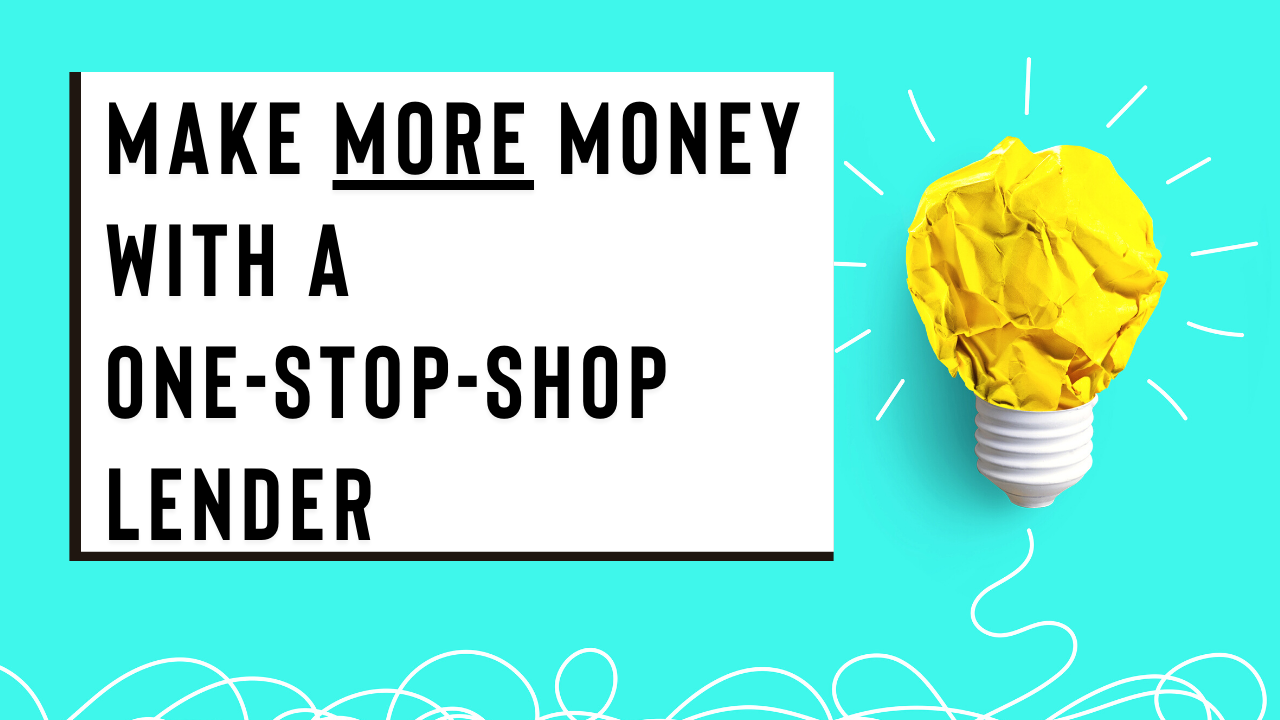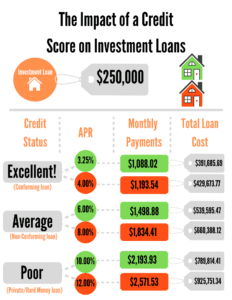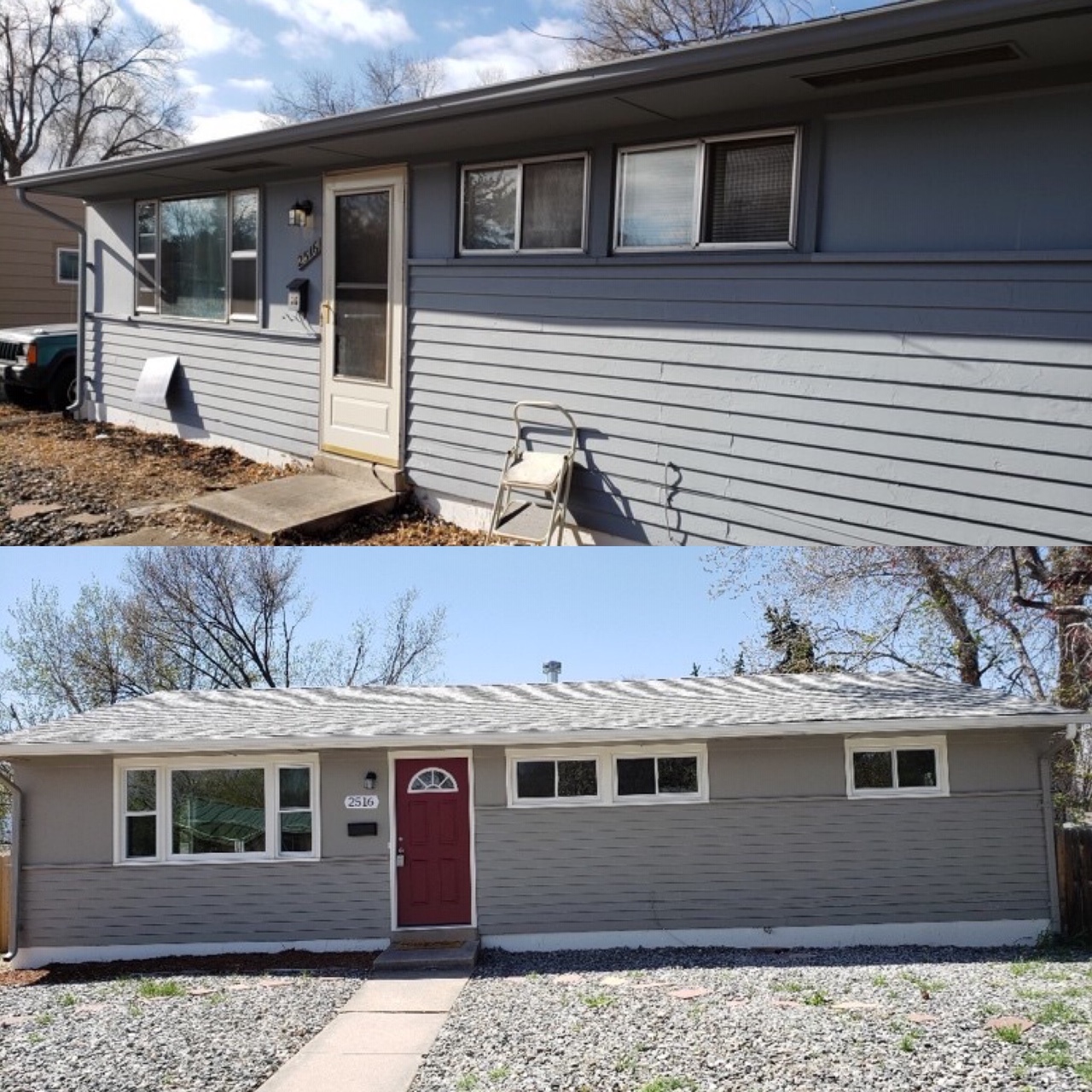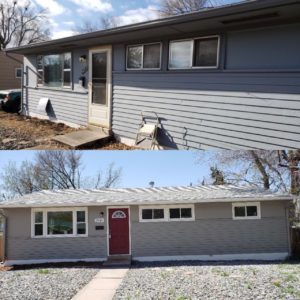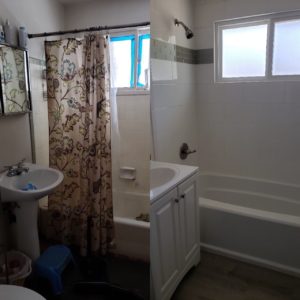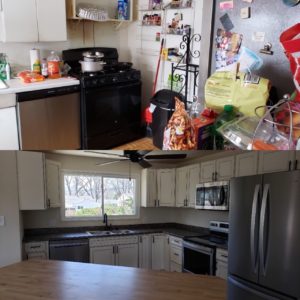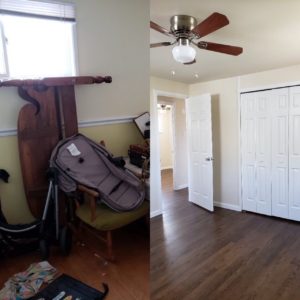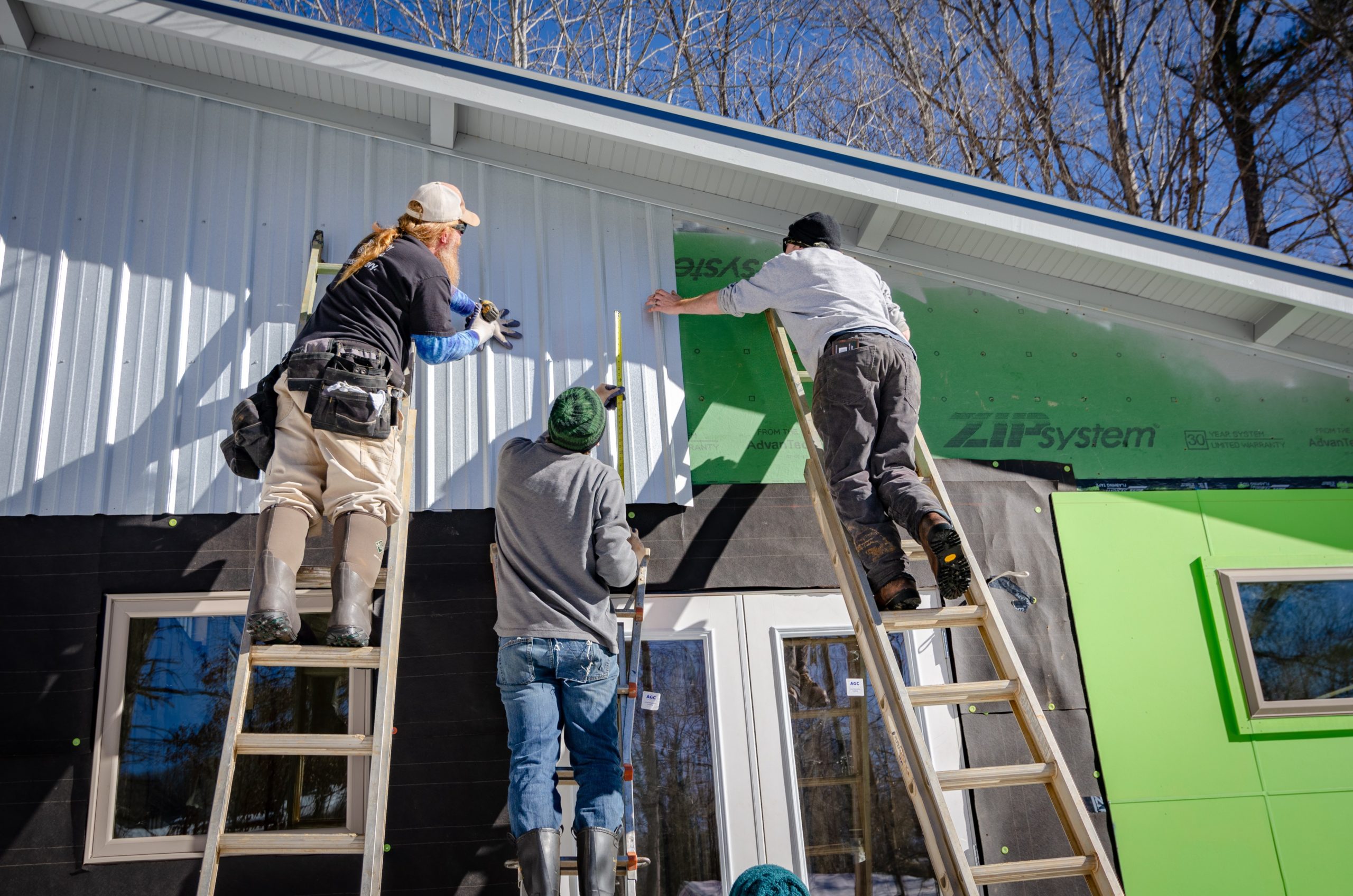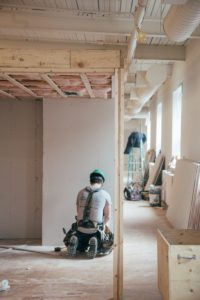Do you want to know how to buy a rental property? Then check out these 5 ways to fund your real estate deal.
If you’re interested in generating positive cash flow with a rental property, then it’s important you know how to actually BUY a rental property. Like, where does the money come from? Because most real estate investors don’t have hundreds of thousands of dollars sitting around.
Most will need a real estate loan.
So, let’s take a quick look at the various types of real estate lenders you can rely on to fund your rental properties. Just like fix and flips and other value-add properties, you have 5 different options, and each of these options have various pros and cons.
Hard Money.
Hard money is a great option when you need to close a deal fast. We’re talking days instead of weeks or months. Plus, most hard money lenders offer 100% financing.
The downside is hard money can be expensive. Rates tend to be higher than other lenders. But this type of loan is intended to be short-term. If used correctly, you only pay these high rates for 6 months or less.
Non-Traditional Loans
Another option to buy a rental property is using a non-traditional loan. These are excellent for those who don’t have—or don’t want to use their tax returns. Unfortunately, they also come with high rates, so they’re more expensive than some of your other real estate funding options.
Banks
Banks are useful for those who can make the cut. They offer lower rates and allow you to keep your real estate loan in your LLC or business name.
But banks also have the strictest requirements, and if you don’t meet those requirements, you’ll get rejected. Worse, they require 3-5 year terms, so you can’t get in and out of them as fast as hard money and other loan options.
Traditional Loans
Traditional loans are one of your cheaper options because they offer the best rates. But be careful, because these types of loans have stricter requirements. And, unlike banks, you can’t put the loan in your LLC or business name. You have to keep it in your personal name.
OPM (Other People’s Money)
Compared to all the other real estate lenders, OPM offers the lowest cost and highest flexibility. You only pay interest, so there are no points or other random fees. Better yet, you and your lender can set the terms together.
The only downside to OPM is finding those who are willing to lend their money to you. But that’s where gaining experience and knowledge in real estate investing helps. The more you know, the more you can prove you’re worth the investment.
So, there you go. If you’re interested in buying a rental property, one of these 5 options can help you actually BUY it. Which one is the best? Well, there’s no right answer to that, because every real estate investor has a different path. What works for you might not work for someone else.
Ready to find out what YOUR path is? Great! Our team is here to help. We’re excited to set you on a path that helps you make the kind of money you need…to live the life you want.
Happy investing!


